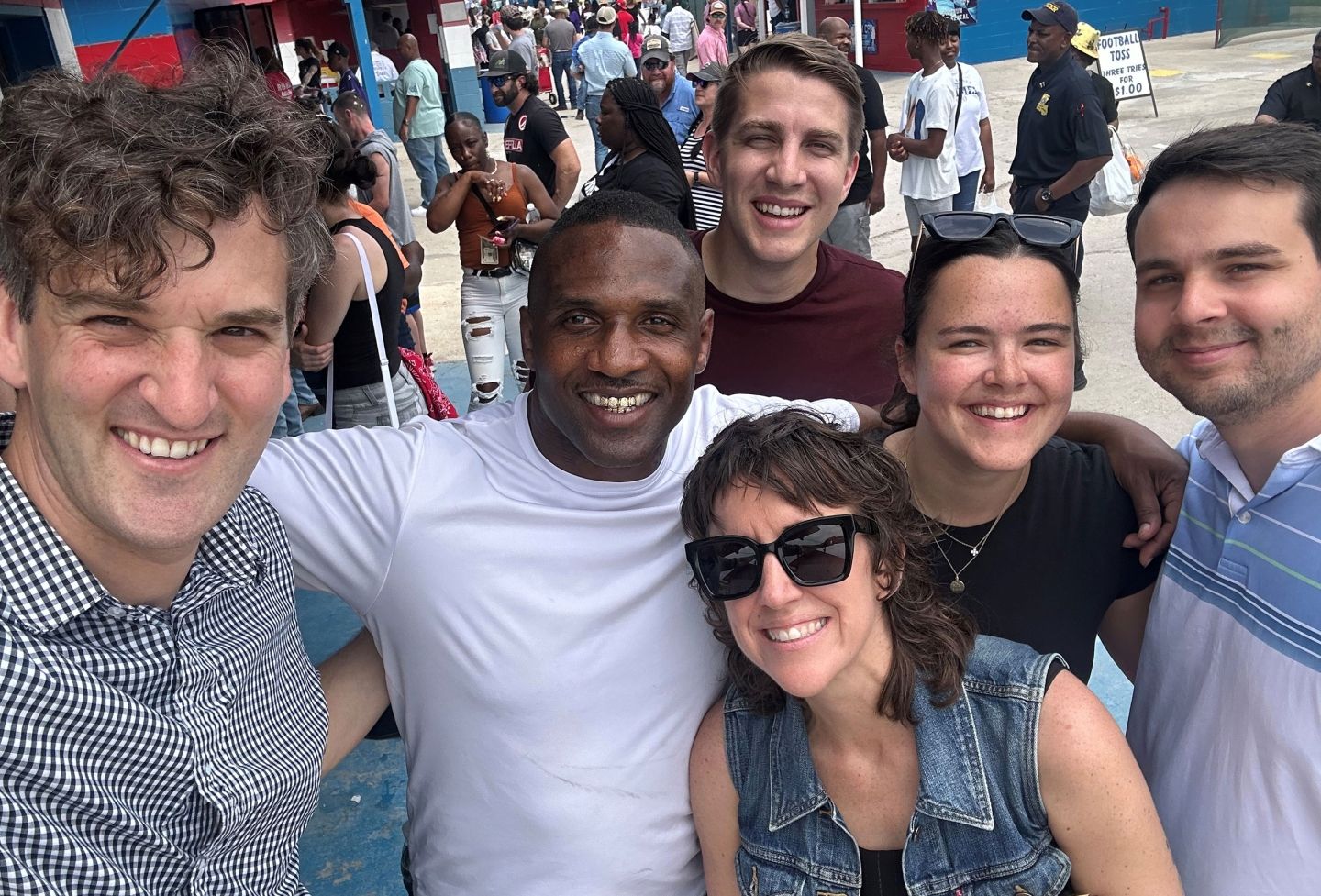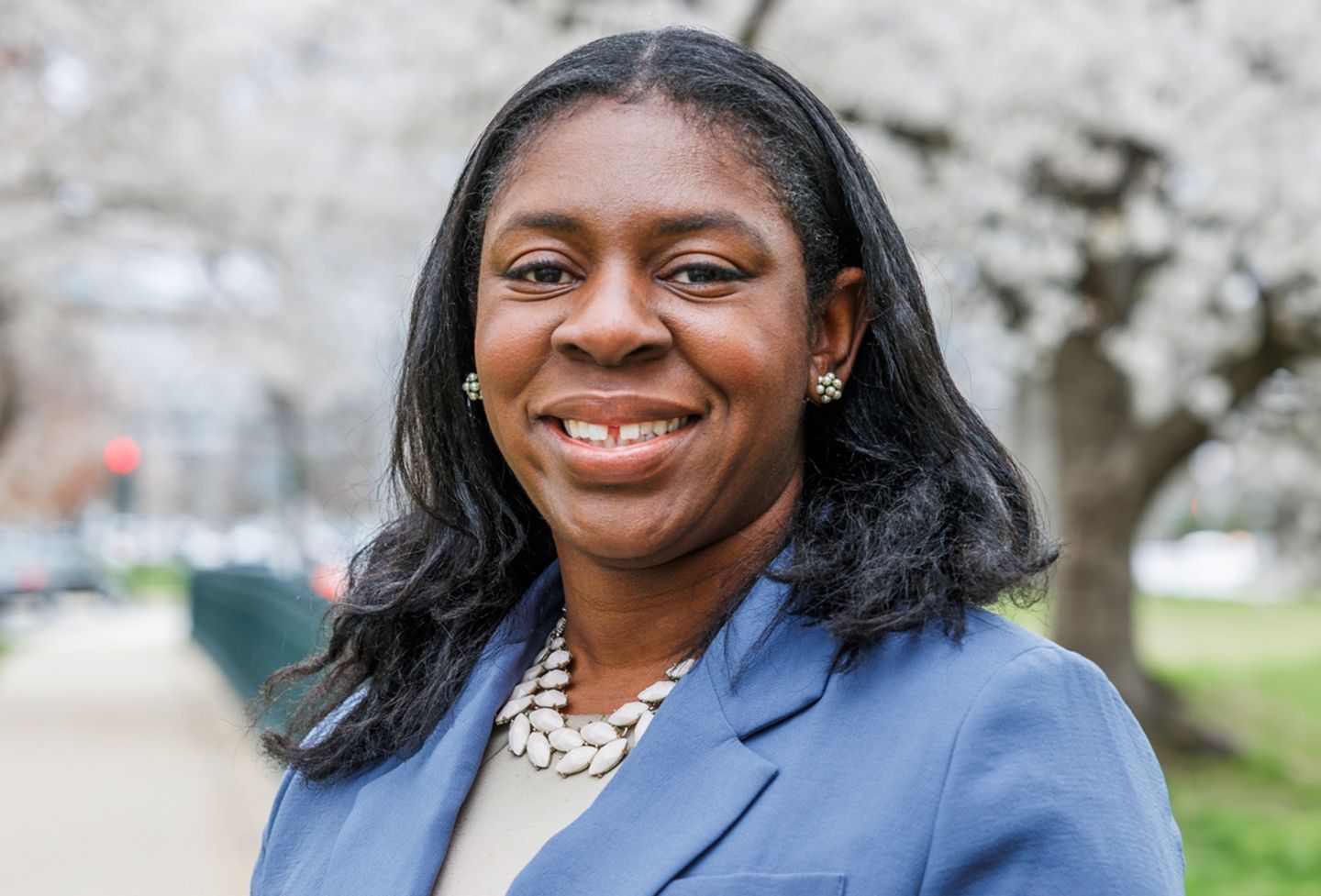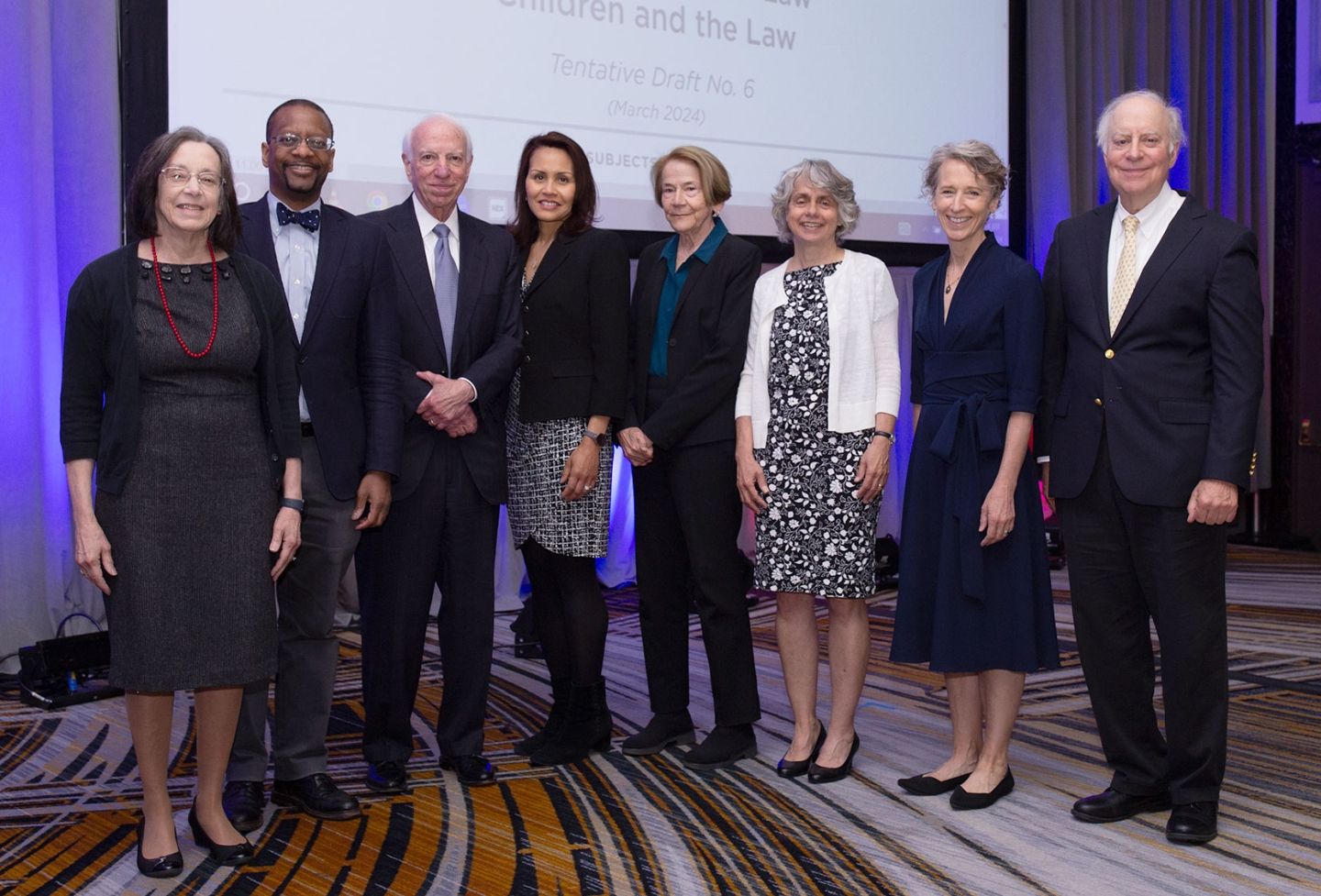Patent Law Changes May Help in Race Against Super-Germs

The rapidly increasing resistance of bacteria to antibiotics, one of the 20th century's wonder drugs, is happening because neither users nor makers have incentives to care about the problem, according to Ramanan Laxminarayan, a natural resources economist with Resources for the Future, a Washington, D.C.-based think tank on environmental policy. Laxminarayan spoke on "Drug Resistance: Economics and Regulation" at the Law School March 24.
Broadening patents on antibiotic drugs to cover whole classes of drugs rather than particular compounds may give pharmaceutical companies sufficient reason to care about the growing threat of superbugs, bacteria that now defy formerly effective drugs, said Laxminarayan, who also teaches at the Johns Hopkins University School of Advanced International Studies.
Antibiotics are now taken for granted, although there are still elderly people who can recall the days when infections commonly caused death. Penicillin, the first known antibiotic, was discovered serendipitously in 1928 by Scottish scientist Alexander Fleming but not available for widespread use until World War II. Fleming predicted future bacterial resistance, but for a time scientists believed that the drugs could allow the eradication of infection. It soon became clear that Darwin's principle of natural selection was working and superbugs were evolving that would be invulnerable to known antibiotics.
"A small, persistent percent of the bacterial population is naturally resistant," and selection pressure "straight out of Darwin's playbook" means the resistant ones survive and multiply, he said. Control thus gets successively weaker over time. In 1987 only .02 percent of bacteria were penicillin — resistant. By 2002, 16.5 percent were. Staphylococcus resistance is now at 40 percent. Resistance to Vancomycin, the most powerful of the antibiotics and so prescribed only as a last resort, had reached 12 percent by 1994, he said.
Selection pressure is exerted because human patients do not comply with usage instructions (failure to complete a course of treatment means some of the more resistant bacteria survive and reproduce); through long-term antibiotic treatment of nursing home patients; and through the prophylactic use of antibiotics in poultry and cattle feed, where lowered rates of infection also produce weight gains.
"The speed of global travel is spreading resistance too," Laxminarayan said. He cited the 40-year global spread of malaria's resistance to chloroquinine as an example.
Resistance increases mortality from infection and raises the cost of developing new drugs. To combat the growth of resistant germs, "everybody has to move to the new drug even if they are not infected with a resistant strain." Thus costs amplify.
"No one has an incentive to care about resistance because the costs are externalized. Physicians and pharmaceutical companies don't really care either," said Laxminarayan. "We have to make people more aware of the cost they are imposing on the rest of society."
All antibiotics are derived from the same 15 or 16 compounds. With the average cost of developing a new drug now at $500 million, the strongest incentive for manufacturers is to make drugs that people continue to take to treat chronic conditions. But in the case of antibiotics, "you depress the market by entering it," Laxminarayan explained.
There are two avenues for dealing with the resistance issue, he said: getting better compliance about usage and finding new drugs. Greater compliance might be possible through raising prices and regulatory burdens, but better compliance also reduces the incentive to find new drugs. Higher co-pays raise social equity issues. One study showed that patients with drug insurance get 85 percent more antibiotics than patients who must pay part of the cost of the drug themselves.
In 2000 there were 16 new antibiotics in trials and three pending approval from the FDA. One drug is in a new class, but the rest are the result of "tinkering around with existing molecules," Laxminarayan said. Antibiotic research is an "extraordinary small" share of drug research. In 2000, $26.4 billion was spent on drug research and of that, only 14 percent was toward new anti-infectives. Within that category, most money is directed toward finding drugs effective against HIV.
Because few new antibiotics have been discovered, newer ones tend to be held in reserve for use against resistant germs. But it would be better if they were used as "workhorses," Laxminarayan said. "More diversity of antibiotics reduces the likelihood of general resistance. If the drugs have different mechanisms for working, the chance of developing resistance is extraordinarily low.
"This is a game where we could try to co-evolve with the pathogens, but the pathogens reproduce generations rapidly-faster than this lecture takes. So this is not a good strategy.
"We need to give the pharmaceutical industry incentives to develop narrow-spectrum antibiotics." Patent law changes that allowed drug makers to hold monopoly rights over broader chemical groups could be one approach, Laxminarayan said. Three years ago the Food and Drug Administration asked Bayer to stop selling a drug used to treat salmonella for similar reasons, but the company refused because it had competitors who would keep producing the drug.
During discussion, U.Va. professor of pediatrics Dr. Tom Massaro, formerly a Health Sciences Center administrator, said that "any resistant infection in a patient adds $30,000 to $50,000 to the cost of his or her care." He proposed that Medicare rules be changed to give hospitals incentives to lower resistance rates. He also cited nursing homes as key incubators of resistant germs.
Laxminarayan suggested that other strategies to consider would be to subsidize the cost of antibiotics, to develop vaccines for diseases, to extend the term of patents, and to speed up the drug-approval process. He said the FDA is considering product labels, but "They don't really work. They're like billboards that ask you to carpool."
Laxminarayan's talk was sponsored by the Sadie Lewis Webb Program in Law and Biomedicine and hosted by associate professor Anup Malani.
Founded in 1819, the University of Virginia School of Law is the second-oldest continuously operating law school in the nation. Consistently ranked among the top law schools, Virginia is a world-renowned training ground for distinguished lawyers and public servants, instilling in them a commitment to leadership, integrity and community service.


